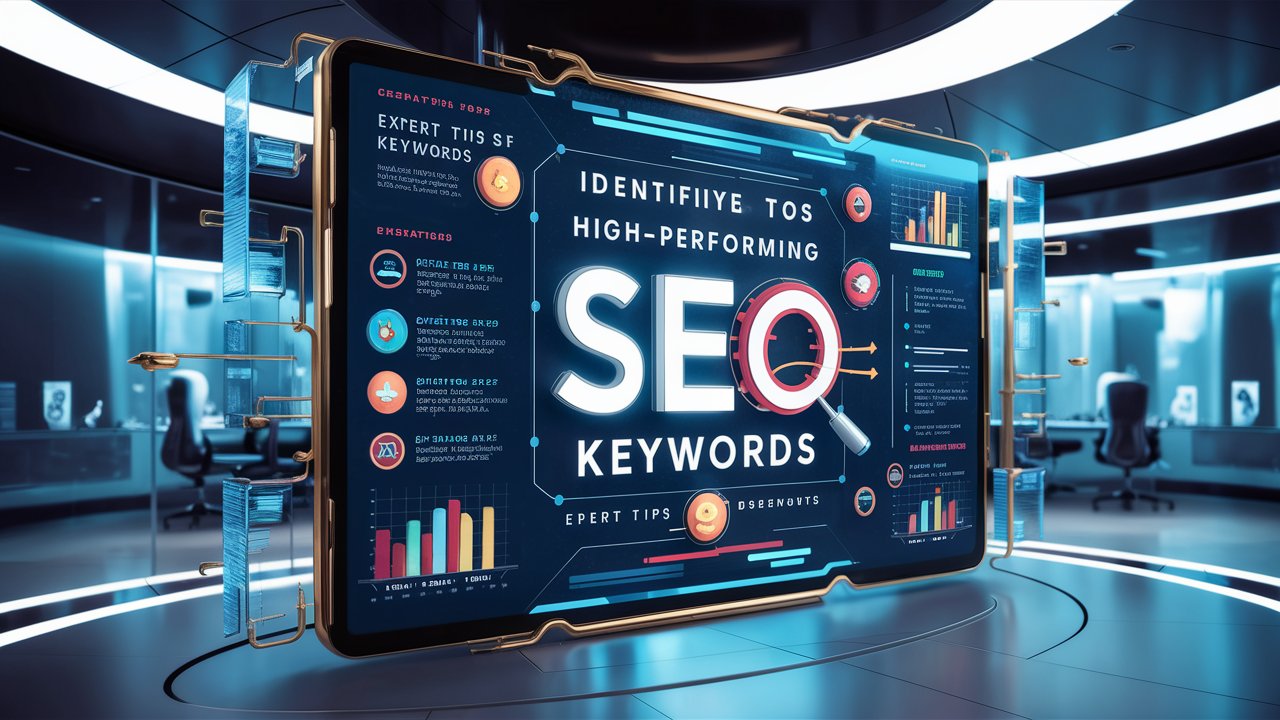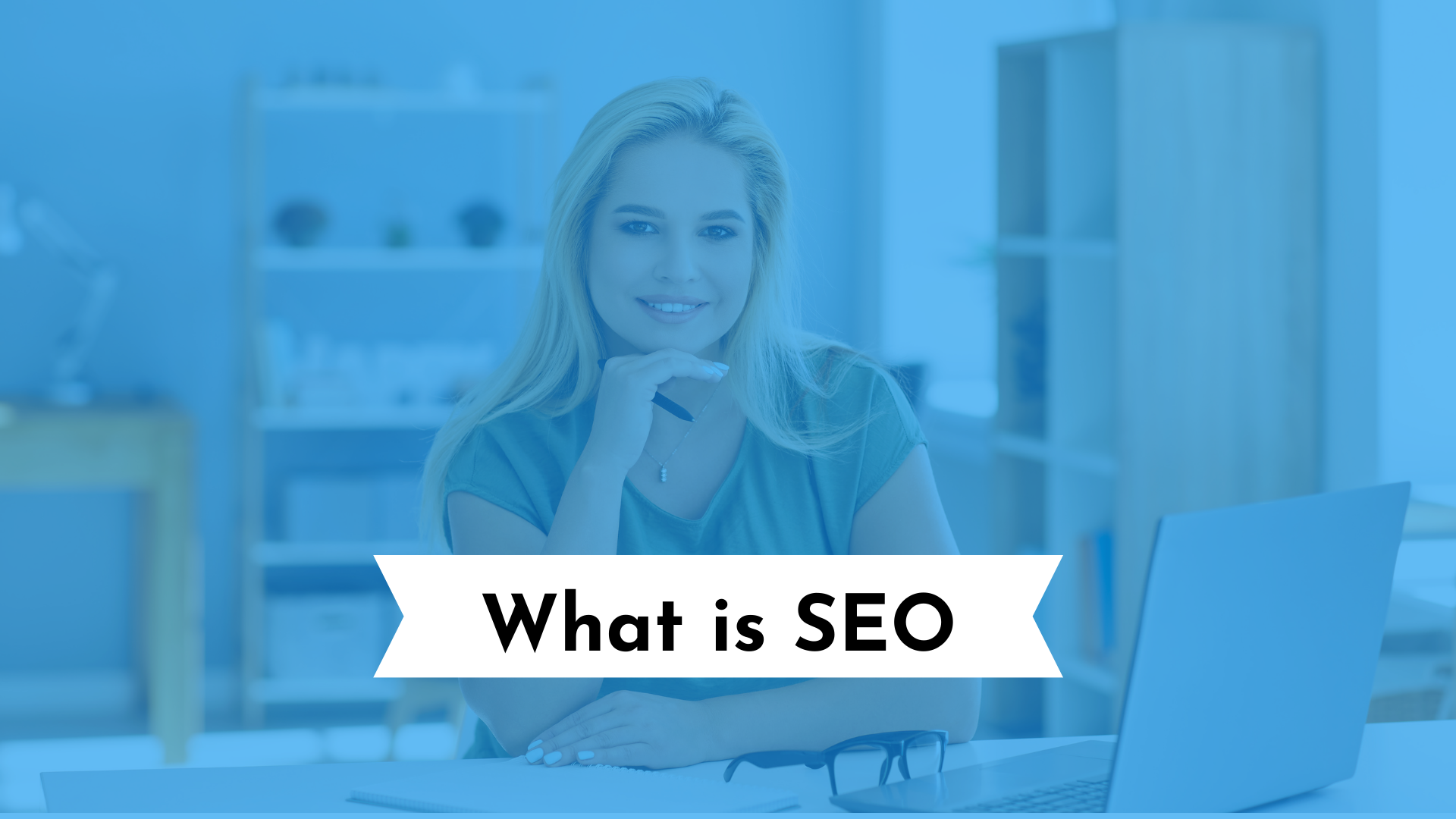
The process of optimizing search engines (SEO) for websites that sell products requires careful plan of product pages, categories as well as the architecture of the site. However, don’t worry by making a few key adjustments to the structure, you can improve your site’s results in search engines. In this article, we’ll go through the fundamental elements of building an SEO-friendly eCommerce site Structure. Learn how to improve your categories of products and set up efficient pages for your products, design an easy navigation on your site and much more. By following these SEO website structuring tips, you’ll soon be able to increase the amount of organic customers to your online store.
Optimize eCommerce Site Structure for SEO
Use keywords in URLs for your pages. The URLs of your pages for products are the perfect SEO opportunities. Include your primary keywords for each page within the URL, for example red-dress or /apple-iphone-12. Keep URLs brief, simple and highly keyword-rich. Have a simple structure for your site. simple structure for your site with not too many levels is ideal. There should be three or four levels is the most. Do not bury your product pages too deeply. Categories > Subcategories Products is a solid structure. Make sure to include keyword-rich page titles. page titles will be displayed on search pages, and they’re crucial for click-through rates. Include your primary keyword for each page in the beginning of the title, such as “Red Dress | My eCommerce Store”. Keep titles under 60 characters.
Use image alt text
The alt text of images is searched by search engines and aids them in understanding what each image’s content is. It is important to fill in your alt-text field of each image that you sell with a descriptive keyword such as “Red silk evening dress”.
Internal link
Link from one page to another page within your website. Utilize anchor text that is keyword-rich and links to related pages. For instance, link your product page on red dresses to your category of evening dresses page. Internal linking can help search engines crawl your website and establish connections between pages.
With the correct technical foundations With the right technical foundations in place, your eCommerce website will be able to get higher rankings in search results and draw more organic visitors. Continue to improve and optimize your SEO on-page as time goes by to achieve the most effective outcomes. Your sales will be grateful to you!
Improve URL Structure and Internal Linking
For optimizing your eCommerce site structure to rank well with search engines, you’ll need to ensure that you have a URL structure that is clear and well-organized. Make use of dies (–) and slashes (or) to differentiate words within your URLs, not underlines (_). This makes your URL more accessible to both search engines as well as the users.
Include the Focus keywords in URLs
Include key words for each page’s URL. For example, instead of “product-123”, use “blue-running-shoes”. This will help search engines comprehend what each page’s content is.
Keep URLs brief and sweet
Try to create URLs with less than five words if it is possible. A URL that is shorter makes it simpler for customers to remember and to share. They also be a little more prominent when searching results.
Make use of breadcrumbs
Include breadcrumbs (the link trail on the upper left of your page that shows the way to the site) for making it easier for your customers to navigate through your website. Breadcrumbs can also give you additional internal links that search engines appreciate.
Avoid duplicate content
Be cautious not to use multiple URLs that refer to the exact same content. This can cause confusion for search engines and cause a split in your ranking. If you have similar content on several URLs, you might want to consolidate the URLs into one and then use internal linking to link to your primary page.
By optimizing the structure of your URL and internal linking by optimizing your URL structure, you’ll make it simpler the search engine crawlers to rank and index your website. You’ll also provide a seamless user experience visitors, keeping them entertained for longer. If you put in the energy and time, you’ll be able to transform your website into an efficient SEO machine!
Read Also: 5 Expert Tips for Identifying High Performing SEO Keywords
Optimize Page Titles and Meta Descriptions
Optimizing your page’s title along with meta descriptions are vital to SEO. These elements appear on the search engine result webpages (SERPs) and assist users decide which results are most relevant to the search query they’re looking for. Page Titles Your page’s titles are also referred to in the form of title tags must be compelling and clear. Include your keyword of choice in the initial three words. The title tag should not exceed 50 and 60 characters, so that your entire title appears in the search results.
For instance, a great web page’s title on an product page is The New blue denim jacket for Guys Acme Clothing
Meta Descriptions
Meta descriptions are brief blurbs that describe the content of your webpage. They are listed under the page’s title in results of a search. A great meta description should be between 150-160 characters and should include your focus keyword. It should be engaging and entice visitors to visit your website.
For instance: Find an enduring and fashionable jeans jacket for men. The traditional blue suit is great for casual wear. It’s made from high-end denim that’s made to last.
Optimizing for Voice Search
With the advent of voice assistants such as Siri and Alexa increasing numbers of people are using voice searches to search. When optimizing for voice search, concentrate on long-tail keyword phrases that use natural spoken language. Your page titles and meta descriptions must sound like conversational as if you’re talking directly to the user.
For Example: A New Denim Blue Jacket For Men Acme Clothing
Check out Acme Clothing’s classic blue jeans jacket for males. It’s made from comfortable and tough denim, and is ideal to wear everyday.
Optimizing your web page elements for voice search as well as natural language can help ensure that your online store is ranked well and offers the best user experience for all of your customers, regardless of whether they’re looking through text or voice.
Create Useful Content That Targets Keywords
For optimizing your online website to be search engine friendly, focus on creating content that includes key keywords for your company. Consider what your potential customers look for when searching for similar products to those you offer. Make sure to include those keywords prominently in your pages’ titles, headings and in your content.
Blog Posts
Regular blogging is among the most efficient ways to produce valuable content for search engines as well as customers. Blog posts should highlight your company’s products, trends in the industry as well as other subjects that your audience is interested in. Include your most relevant keywords in the titles as well as in the headings and text throughout the article. Blog posts should contain at least 300-500 words or less to get a good ranking on search engines.
Product Pages
Each product should have an individual page on your website. Include the product’s name and image, as well as the full description specifications, and reviews from customers in the pages. Include your primary keyword for the product’s page’s title, headings, and within the initial 100 lines of the content. Every product must have distinct pages. Don’t group identical products together on one page.
Category Pages
Create pages for each category and subcategory of your website. They should give a brief overview about the topic, include the top selling or most popular products and provide links to individual pages of your products. Pages for categories should focus on the primary keyword of that category in their title, headings, and content. Try to include at least 300-500 words.
FAQs and Help Content
Include pages to answer frequently asked questions regarding your services, products and shipping, returns and any other issues your customers might require assistance with. Use long-tail keywords to target important phrases in questions and FAQs.
Optimize Images and Media for SEO
Optimizing your media and images is essential to rank high in search results and providing the best user experience. Be sure that every image on your eCommerce site structure includes an alt attribute which describes the content of the image as well as keywords. It should consist of a short but informative sentence, between five to fifteen words.
Use Relevant File Names
The name of the file for your image is important to SEO. Use the image name to reiterate important keywords, like “blue-dress-product-photo.jpg” or “running-shoes-closeup.png”. Avoid common names such as “img123.jpg”. Names for your files that are relevant, with alt text, can help search engines to understand your image’s content.
Compress Your Images
The size of large image files does not only affect your website’s loading time, but they also negatively affect your SEO rankings. Reduce all images on your products to less than 100KB for the optimal results. You can make use of a free image compressor to boost the size of your images for the bulk. Reduced image size can improve the speed of your website and will improve crawlability for search engines.
Video Optimization
If you’ve uploaded videos of your products on your online website, make sure you optimize them for search engines as well. The description and title of the video let search engines understand the contents and topic of the video. Tags on videos, similar to alt text in images, give additional information on the themes and subjects that are covered within the film.
Read Also: The 6 Best Video Marketing Tools for 2024
Conclusion
It’s that simple! If you follow these suggestions for how to design and optimize your e-commerce website in order to rank well on search engines, your have set yourself the best chance of being more prominent and driving more traffic from organic sources. Keep optimizing when you introduce new categories, products and content. Make sure you are creating the most pleasant experience possible for your customers, and delivering quality content and search engines will be grateful to you. SEO for e-commerce requires effort but it’s well worth the effort. Start now using the knowledge you’ve acquired It’s your turn! Get out there, keep learning, and you can take your store’s SEO to the next step.

I am Ray Jones Digital
My current occupations: a Digital Marketer, Local SEO expert, Link Builder, and WordPress SEO specialist. Shopify SEO, Ecommerce Store Management, and HTML & WordPress Developer I have been practicing the above mentioned services for more than 10 years now As an SEO expert working with your ongoing projects.

![[Technical SEO Mastery] - The Secret to Ranking Success Technical SEO](https://rayjonesdigital.com/wp-content/uploads/2024/06/Technical-SEO-150x150.jpeg)

